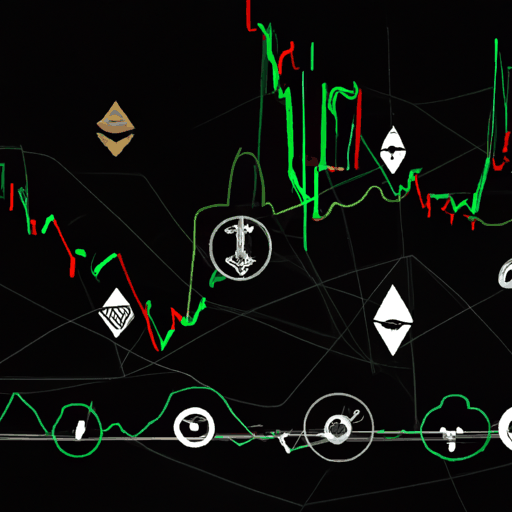
Understanding Network Maturity in Cryptocurrency Regulation
By: Isha Das
The concept of Network Maturity in crypto regulation is being championed by Ripple as a means to redefine how digital assets are classified, moving away from traditional criteria like decentralization. Ripple suggests that instead of viewing decentralization as the main benchmark for regulatory scrutiny, network maturity should be evaluated. This involves assessing a digital asset based on its market capitalization, the duration of its operation on a public network, and the distribution of governance control.
Within the realm of cryptocurrencies, the ambiguity of what constitutes decentralization presents challenges. By proposing network maturity, Ripple aims to provide a measurable framework that indicates when an asset no longer resembles a security. This shift in perspective is significant because it suggests that a certain market status and operational history might exempt cryptocurrencies from intense regulatory oversight typical of securities.
Ripple's proposal to the SEC highlights these points and encourages a policy that reflects a more nuanced understanding of digital asset functionality. By adopting network maturity, Ripple hopes to foster an evolved regulatory environment that does not stifle innovation while safeguarding investor interests.



